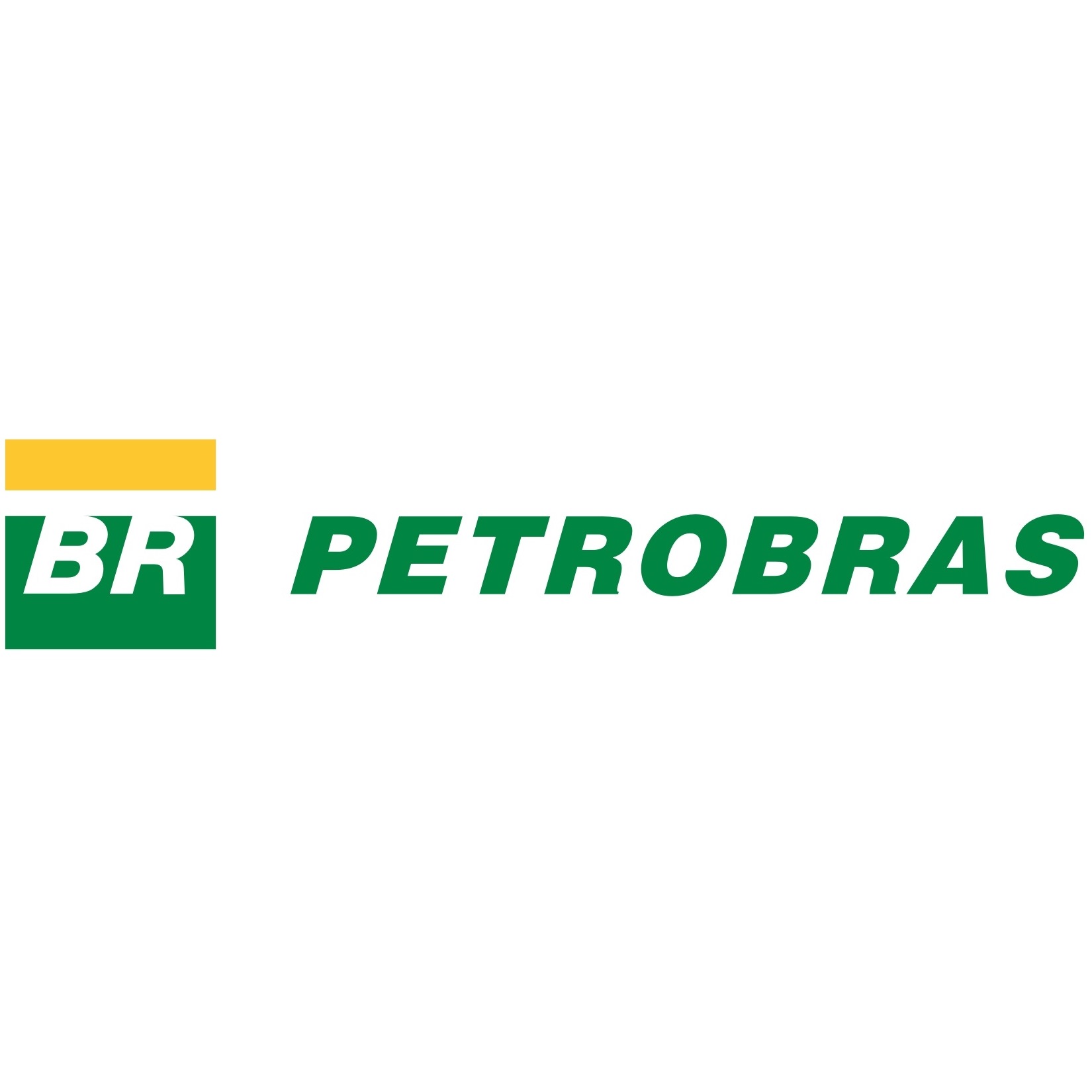Energy
Why Bad Production Numbers at Petrobras Never Looked So Good

Published:
Last Updated:

Using words such as never, forever and other permanent periods comes with a huge risk. Either way, it was puzzling to see so much caution around the production numbers for 2015 and still to see shares rise in New York trading. Petroleo Brasileiro S.A. (NYSE: PBR), or Petrobras, showed in an SEC filing on Monday that its average oil and natural gas production amounted to 2.47 million barrels of oil equivalent per day (boed) in Brazil and 183,000 barrels per day (bpd) abroad, to 2.65 million barrels. Actual oil production averaged 2 million bpd in Brazil and 92,000 bpd abroad.
Perhaps the biggest driver is not that Petrobras will be losing less money by having lower production. News from the weekend showed that Petrobras was getting up to $10 billion in loans from China. That is part of an oil supply pact and it should cover most debt due in 2016.
At the current time, it is very difficult to find analysts on Wall Street with overly positive ratings in the oil patch. It is even harder to find positive analysts covering Petrobras, as they have been tricked into evaluating this as an oil company rather a forced-financial loss outfit under control of the Brazilian government.
Merrill Lynch has only a Neutral rating on Petrobras. Again, it’s hard to find positive analyst calls here. In fact, it is hard to find many analyst reports at all any longer. The firm pointed out that domestic crude oil production was down 8.3% month over month to 2.0 million bpd. The firm said that Petrobras started off 2016 with weak output numbers, which reversed an improvement in December. Its total domestic oil and gas output of 2.65 million barrels per day was 7.1% lower than in December.
After posting a growth rate of 4.6% for domestic crude output in 2015, we expect Petrobras’s more focused capex and expected slow ramp-up of new platform additions to lead to a deceleration in production growth in 2016 in a weaker oil price scenario. We forecast a 0.5% growth for domestic oil production in 2016, at an average of 2.138 million barrels per day (+0.5% growth) versus company guidance of 2.145 million barrels per day (suggesting 0.8% growth).
The Petrobras filing said:
Average daily production in the pre-salt province reached 1.03 million boed, while pre-salt oil output operated by Petrobras averaged 822,000 bpd. Natural gas production in Brazil, excluding liquefied volume, averaged 74.1 million m³/day…. The company’s oil and gas output in January was 7.1 % down on the previous month (2.66 million boed), primarily due to scheduled maintenance stoppages in some high-production platforms, notably P-58 (Parque das Baleias, with current output of around 120,000 bpd), FPSO Cidade de Mangaratiba (Lula, with current output of around 130,000 bpd) and P-48 (Barracuda/Caratinga, with current output of around 50,000 bpd).
On what would make Petrobras more attractive, Merrill Lynch said:
A key driver for the stock, in our view, will be progress to reduce its heavy debt load, which we believe will require asset sales. This process could take 3-5 years. Until then, efforts to maintain liquidity, such as the just announced signing of a term sheet with China Development Bank, in will be important to monitor. Such moves could help (1) demonstrate ample funding to reduce financing costs and (2) give Petrobras the ability to negotiate asset sales from a stronger position.
One possible wild card in Petrobras shares is the short interest. That was 151.8 million shares as of February 12. It peaked above 190 million shares short in January, but the short interest is still about 50% higher than the 2015 trough.
Petrobras’s American despositary shares were last seen up 8.6% at $3.67 in New York in Monday afternoon trading. Their 52-week trading range is $2.71 to $10.55.
The average American spends $17,274 on debit cards a year, and it’s a HUGE mistake. First, debit cards don’t have the same fraud protections as credit cards. Once your money is gone, it’s gone. But more importantly you can actually get something back from this spending every time you swipe.
Issuers are handing out wild bonuses right now. With some you can earn up to 5% back on every purchase. That’s like getting a 5% discount on everything you buy!
Our top pick is kind of hard to imagine. Not only does it pay up to 5% back, it also includes a $200 cash back reward in the first six months, a 0% intro APR, and…. $0 annual fee. It’s quite literally free money for any one that uses a card regularly. Click here to learn more!
Flywheel Publishing has partnered with CardRatings to provide coverage of credit card products. Flywheel Publishing and CardRatings may receive a commission from card issuers.
Thank you for reading! Have some feedback for us?
Contact the 24/7 Wall St. editorial team.